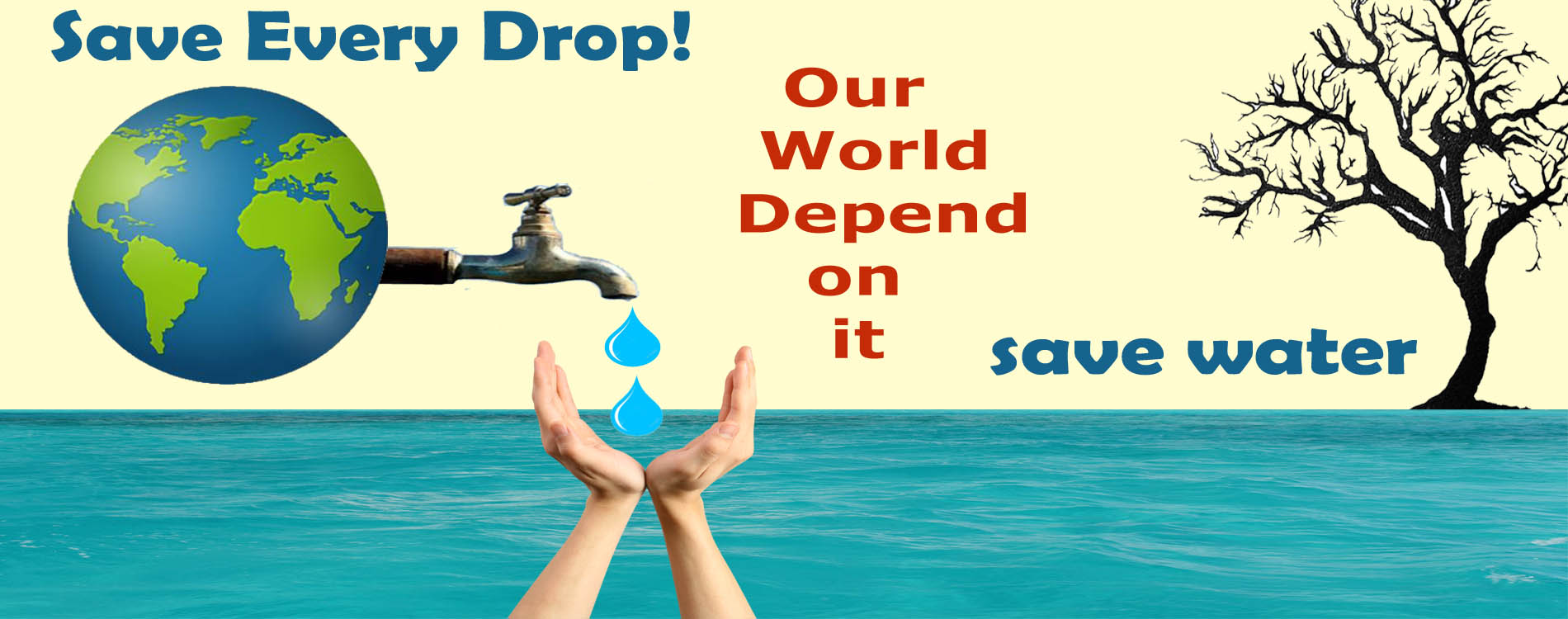Tabs
Simply put, Rain water Harvesting merely means – ‘Catching and Storing Rain where it falls’. It is a simple technique of collecting rainwater that runs from catchment areas like roofs, pavements, roads, parks, open land etc. and storing it in storage tanks (for immediate use) or in the underground aquifers – natural or man-made for ground water recharge. Thus, rainwater can be stored in tanks and then used for drinking and cooking – as it is done in the desert areas of Rajasthan. Alternatively, it can be done to replenish the groundwater so that the dug wells/tube wells in the area keep on yielding water.
Anim pariatur cliche reprehenderit, enim eiusmod high life accusamus terry richardson ad squid.
Lorem ipsum dolor sit amet, consectetur adipisicing elit. Ex aliquam corrupti quibusdam nostrum, aspernatur iure illo, alias vitae, reiciendis culpa explicabo minus iusto ipsum cum tempore incidunt iste praesentium nihil.
Lorem ipsum dolor sit amet, consectetur adipisicing elit. Ea ducimus ullam distinctio fugiat voluptates! Vero quis adipisci asperiores aliquam ullam doloremque dolor, reprehenderit, accusamus nisi ut eveniet quas reiciendis dolore.
Accordion
Most cities need not be water deficient, if only they adopt Rain Water harvesting at a large scale. The reason is that most of them receive more rain than their water requirement. A case in point is Bengaluru. The city gets far more rain than its water requirements. Therefore if Bengaluru becomes Zero Rainfall Outflow city, it can be 100% self sufficient with respect to water. Hence, Bengaluru need not be on the list of cities that will run out of Groundwater.
Please refer to our Rain Water Harvesting FAQ for more information on the subject. You could also write to us force [at] force [dot] org [dot] in for any queries related to Rain Water Harvesting.
| SR.NO | DESIGN & OBJECTIVE | FORMULA /NORM USED |
| 1 | Formula for calculating Yearly Rainwater Runoff generated by a catchment (its RWH Potential) | Catchment Area X Runoff Coefficient X Average Yearly Rainfall |
| 2 | Formula for calculating average Hourly Rainwater Runoff generated by a catchment | Catchment Area (A) X Runoff Coefficient (R) X Average Hourly Rainfall |
| 3 | Runoff Coefficients for typical urban surfaces found in catchment areas | Green Areas – 0.2 Paved Areas – 0.6 Rooftop Areas – 0.8 |
| 4 | RWH structure capacity to be created for a catchment i.e. the Dimensions of the Rainwater Harvesting structure (in cu.m.) | = Hourly Rainwater Runoff retention capacity (in cu.m.).Hence structure must be able to hold all the runoff generated by a catchment in an hour assuming average hourly rainfall. |
| 5 | Procedure for working out RWH Structure Dimensions | Structure(s) internal holding capacity + infiltration rate of the borewell > or = hourly runoff of catchmenti.e. = (Infiltration rate of borewell X no. of borewells) + Effective volume of Recharge trench |
| 6 | Procedure for working out RWH Structure Dimensions | 40% of pumping yield of tube well in that area.For pumping yield of tube well – reference is CGWB map for the area |
| 7 | Volume of filter media | Total 0.5 meter of filter media comprising of:– 2 layers of 0.2 m each –pea gravel (0.1-5mm) and boulders (5-15cm) |
| 8 | Parameters for choice of site for RWH | Clear Space available – > 1.5 X trench sizel Distance from nearest building foundation / basement – > 5 m |
Anim pariatur cliche reprehenderit, enim eiusmod high life accusamus terry richardson ad squid. 3 wolf moon officia aute, non cupidatat skateboard dolor brunch. Food truck quinoa nesciunt laborum eiusmod. Brunch 3 wolf moon tempor, sunt aliqua put a bird on it squid single-origin coffee nulla assumenda shoreditch et. Nihil anim keffiyeh helvetica, craft beer labore wes anderson cred nesciunt sapiente ea proident. Ad vegan excepteur butcher vice lomo. Leggings occaecat craft beer farm-to-table, raw denim aesthetic synth nesciunt you probably haven't heard of them accusamus labore sustainable VHS.
Anim pariatur cliche reprehenderit, enim eiusmod high life accusamus terry richardson ad squid. 3 wolf moon officia aute, non cupidatat skateboard dolor brunch. Food truck quinoa nesciunt laborum eiusmod. Brunch 3 wolf moon tempor, sunt aliqua put a bird on it squid single-origin coffee nulla assumenda shoreditch et. Nihil anim keffiyeh helvetica, craft beer labore wes anderson cred nesciunt sapiente ea proident. Ad vegan excepteur butcher vice lomo. Leggings occaecat craft beer farm-to-table, raw denim aesthetic synth nesciunt you probably haven't heard of them accusamus labore sustainable VHS.


